Table of Contents
Introduction
Vacuum technology, often regarded as the unseen force driving modern innovation, plays a pivotal role in various industries, from semiconductor manufacturing to space exploration. Defined as the manipulation of pressure below atmospheric levels, vacuum technology has witnessed remarkable advancements over the years, revolutionising processes and enabling breakthroughs that seemed unimaginable in the past. In this comprehensive exploration, we delve into the fundamentals, evolution, applications, and future prospects of vacuum technology.
Fundamentals of Vacuum Technology
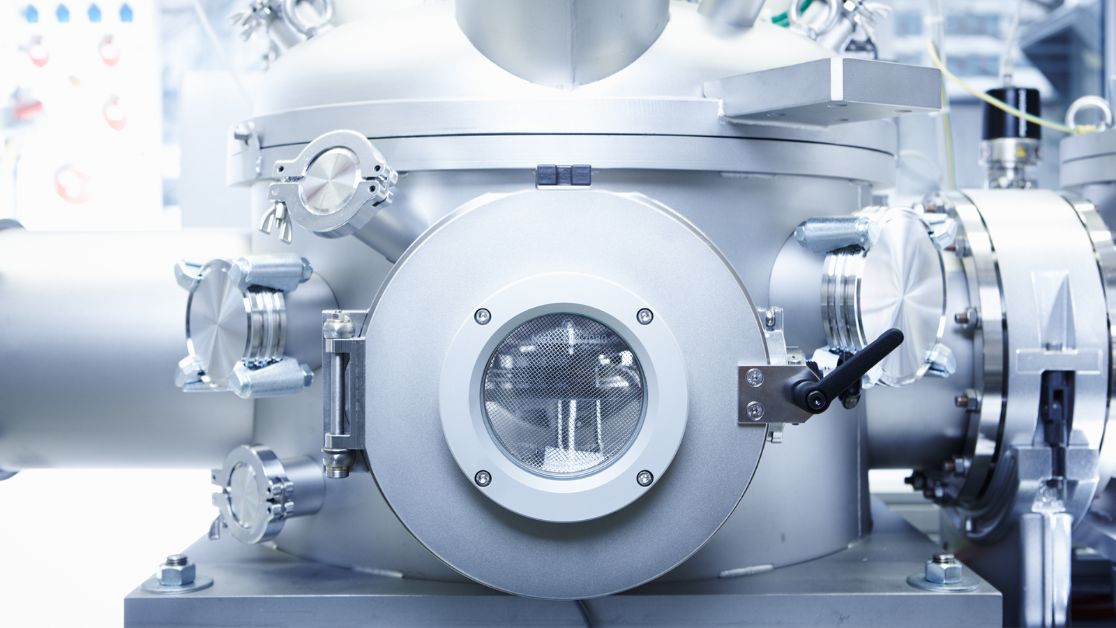
At its core, vacuum technology revolves around the manipulation and control of pressure levels within a confined space. This is achieved by removing air and other gases, creating a vacuum environment. Pressure is measured in units such as millibars or torr, with lower values indicating higher vacuum levels. The basic principle underlying vacuum technology is the removal of gas molecules from a chamber, thereby reducing pressure and creating conditions suitable for various applications.
Evolution of Vacuum Technology

The origins of vacuum technology trace back to the 17th century when scientists began experimenting with pumps to create partial vacuums. However, significant advancements occurred in the 20th century with the development of high-vacuum pumps such as the turbomolecular pump and cryogenic pump. These innovations paved the way for diverse applications ranging from electron microscopy to vacuum deposition techniques used in thin film coating processes. Moreover, the emergence of ultra-high vacuum (UHV) technology enabled unprecedented levels of purity and control, essential for research in fields like surface science and particle physics.
Applications of Vacuum Technology
Semiconductor Manufacturing
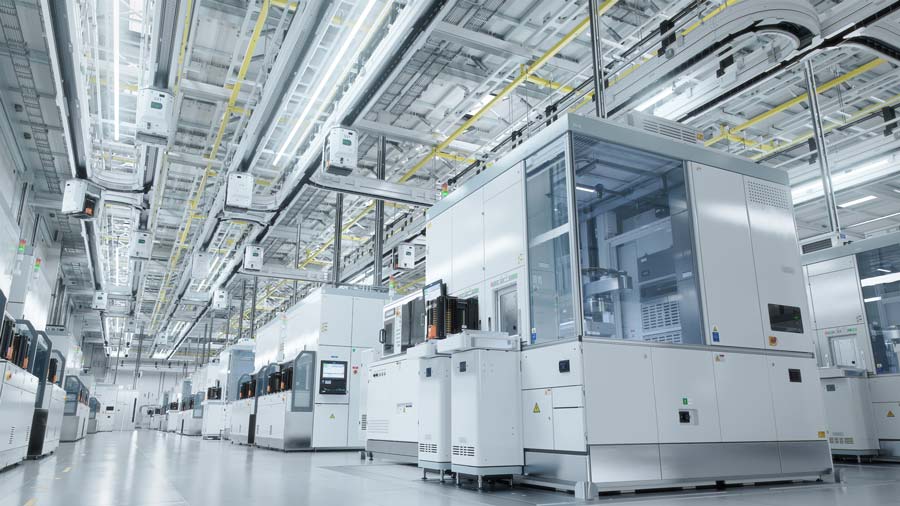
- Vacuum technology is indispensable in semiconductor fabrication processes, where cleanroom environments and precise control of deposition processes are crucial. Techniques like chemical vapour deposition (CVD) and physical vapour deposition (PVD) rely on vacuum conditions to deposit thin films of materials onto semiconductor substrates, essential for integrated circuit production.
Analytical Instrumentation
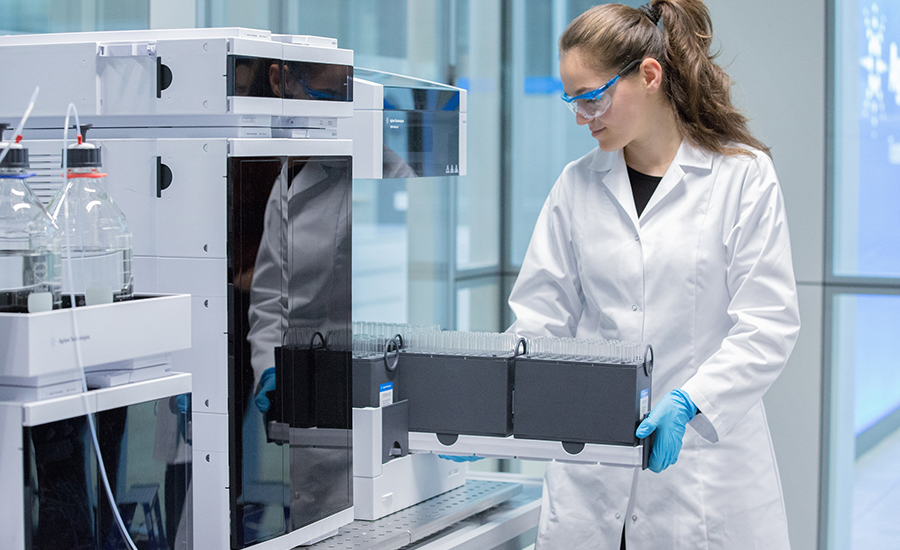
- Instruments such as mass spectrometers, electron microscopes, and scanning tunnelling microscopes heavily rely on vacuum technology to operate. Maintaining ultra-high vacuum conditions ensures accurate measurements and prevents sample contamination, facilitating precise analysis in various scientific disciplines.
Space Exploration
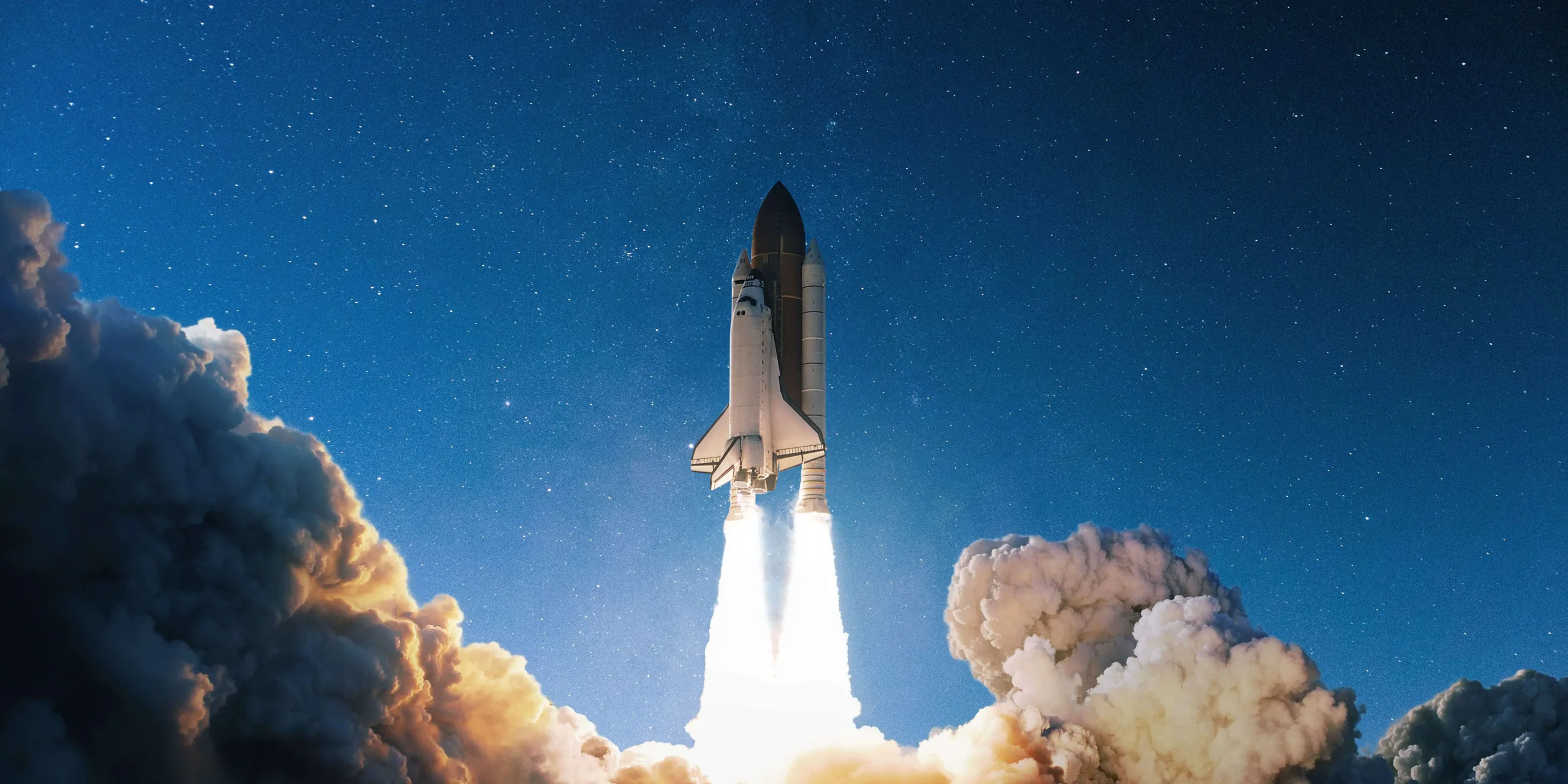
- Vacuum technology is pivotal in the exploration of space, where the absence of atmosphere necessitates the use of vacuum chambers for testing spacecraft components and simulating extraterrestrial conditions. Moreover, propulsion systems like ion thrusters utilise vacuum conditions to generate thrust efficiently in the vacuum of space.
Food Packaging
- Vacuum packaging extends the shelf life of perishable food products by removing air from the packaging, thereby slowing down oxidation and microbial growth. This preservation method is widely used in the food industry to maintain product freshness and quality.
Vacuum Tubes
- Although largely replaced by solid-state electronics, vacuum tubes were instrumental in early electronics, serving as amplifiers, rectifiers, and switches. While their usage has declined, vacuum tubes still find applications in niche areas like high-power radio frequency amplifiers and certain audio equipment.
Future Prospects and Innovations
The future of vacuum technology is poised for further advancements and innovations, driven by emerging trends and technological breakthroughs. Areas of interest include:
Quantum Vacuum Technologies
- Research into quantum vacuum fluctuations and vacuum polarisation could lead to novel applications in quantum computing, sensing, and communication. Harnessing quantum vacuum phenomena may unlock unprecedented levels of control and functionality in future technologies.
Nanotechnology and Material Science
- Vacuum-based techniques such as molecular beam epitaxy (MBE) and atomic layer deposition (ALD) continue to play a vital role in nanotechnology and material science. Advancements in these areas may lead to the development of novel materials with tailored properties and functionalities, impacting fields such as electronics, energy storage, and catalysis.
Vacuum Robotics and Automation
- The integration of vacuum technology with robotics and automation systems holds promise for enhancing manufacturing processes, particularly in industries requiring precise handling and manipulation of delicate components. Vacuum-based grippers and manipulators enable efficient handling of objects in various shapes and sizes, contributing to increased productivity and flexibility in production environments.
Conclusion
In conclusion, vacuum technology serves as a cornerstone of modern industry and scientific research, enabling a myriad of applications ranging from semiconductor manufacturing to space exploration. The evolution of vacuum technology has been marked by significant advancements, paving the way for unprecedented levels of precision, control, and efficiency in diverse fields. Looking ahead, continued innovation and exploration in vacuum technology promise to unlock new frontiers and reshape the landscape of technology and scientific inquiry.
For More Information Please Visit These Websites Viprow And Vecteezy

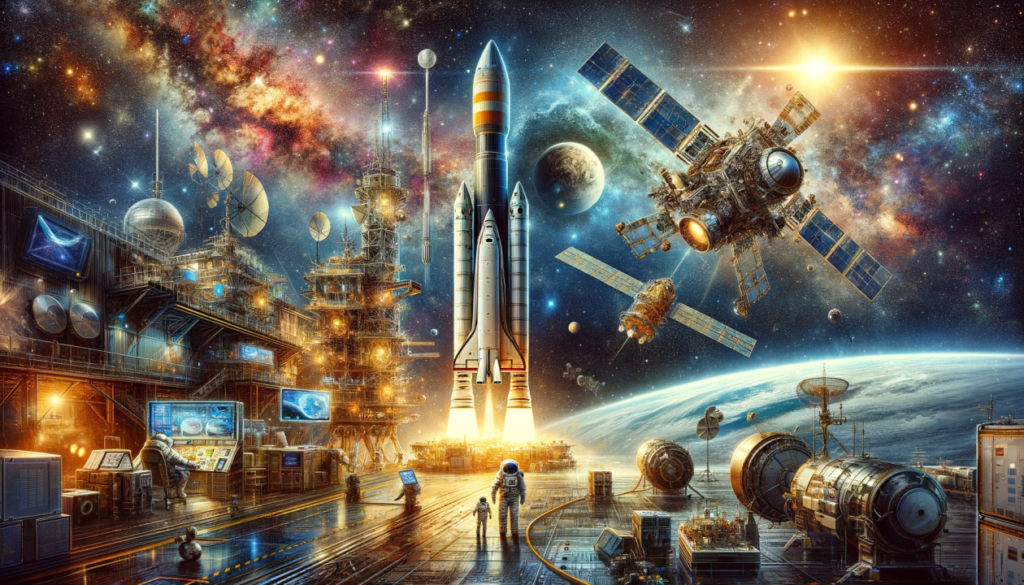
No Comments
Delving into the Depths of Vacuum Technology A Comprehensive Exploration – Viprow® American international corporation
[url=http://www.g841863w8c954tgkfnamcg5o0g6917els.org/]usdxcsiiof[/url]
asdxcsiiof
sdxcsiiof http://www.g841863w8c954tgkfnamcg5o0g6917els.org/